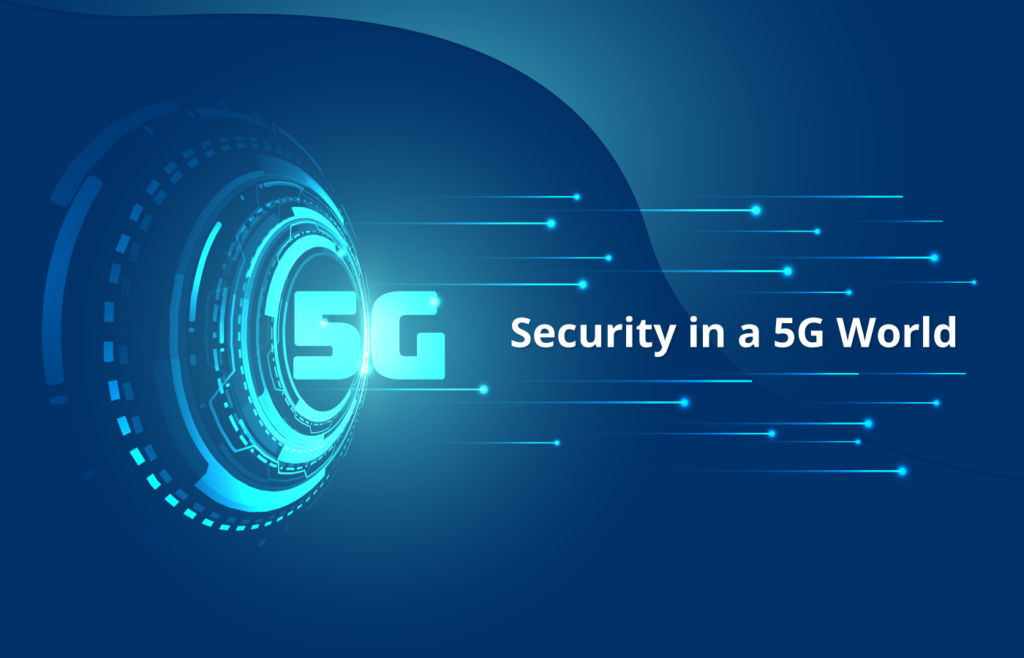Technology is set to redefine society in this new age of high-speed internet and vast network capacity. It is changing how we communicate and interact with the world around us. The introduction of 5G is not just a story of progress and potential. It also opens the floodgates to a complex array of cybersecurity challenges that we must navigate with caution and foresight. Let’s look into this new technology and explore incredible benefits while shedding light on the critical importance of safeguarding our digital space against emerging threats.
Security Protocols and Standards
The National Institute of Standards and Technology (NIST) plays a pivotal role in developing encryption and security standards, crucial for managing cybersecurity risks in 5G networks. These evolving standards are designed to provide flexible authentication, enhance privacy, and fortify protection for new service-based interfaces. Contributions from 3GPP in areas like encryption and network integrity are significant in this context. For instance, consider online casinos, where data security and user privacy are paramount. The updated standards make sure that online gaming platforms can operate securely over 5G networks, protecting sensitive user data against potential cyber threats.
5G’s new features, like faster speeds and more devices, require updating security measures to tackle cyber threats. The Internet Engineering Task Force (IETF), the European Telecommunications Standards Institute (ETSI), and the NIST are important participants in this development. IETF focuses on important security protocols such as IPsec, EAP, and TLS. Meanwhile, ETSI controls network function virtualization security, a critical component of 5G’s cloud infrastructure. The practical application and deployment of these standards by service providers and vendors are imperative to ensure a secure and resilient web infrastructure. This is crucial, especially in sectors like banking, Ecommerce and online casinos, where data protection and user safety is important.
Increased Speed and Capacity
5G technology brings faster speeds and greater capacity, significantly improving communication. However, these advancements also introduce new cybersecurity challenges. A major concern is the larger attack surface due to increased connected devices, especially in the Internet of Things (IoT).
This means more potential targets for criminals, highlighting the importance of strong protective measures like end-to-end encryption and secure authentication. 5G’s move towards a more decentralized, software-based network infrastructure also brings vulnerabilities. The shift requires reevaluating and reinforcing cybersecurity strategies to effectively manage the risks associated with a predominantly software-driven network.
Expansion of IoT Devices
The technology also boosts the performance of IoT devices, offering benefits in various sectors and increasing risks. Integrating numerous devices into 5G networks expands the potential for cyber threats, requiring more robust security measures to protect the devices and their data.
Additionally, the vast data collection by 5G IoT devices raises privacy concerns, necessitating strict data protection. Comprehensive security strategies are essential to address these risks. These include advanced systems to monitor device behavior and secure data communication. As the technology evolves, it’s essential to incorporate robust protocols into network architecture to defend against threats from the growing number of IoT devices. This requires continuously updating cybersecurity measures to keep pace with all advancements.
Decentralized Network Architecture
5G’s move to a decentralized network using software-defined networking (SDN) and network function virtualization (NFV) brings new vulnerabilities. This shift from hardware-based to software-based systems increases flexibility and the risk of cyber threats. The main vulnerability is the reliance on software for web security. This highlights the need for robust safety measures.
Key strategies include:
- Adopting a zero-trust approach to control network access.
- Ensuring all data is encrypted from end to end.
- Using artificial intelligence for quick detection and response to threats.
Additionally, strong supply chain protection and a focus on resilience are crucial. Continuously innovating cybersecurity practices is vital to effectively defend against the risks in a decentralized 5G grid.
Enhanced Connectivity Risks
The greater connectivity leads to more cybersecurity challenges, including a higher risk of attacks like DDoS. Its extensive device network and denser infrastructure make it more prone to advanced threats. Using cloud systems, virtualization, and software-defined networking (SDN) in 5G increases hazard exposure.
The quick data speeds and low latency of 5G can make attacks more impactful. Security concerns are further heightened by the extensive use of IoT devices, many of which lack robust safety features. Organizations must implement wide-ranging measures to address these threats, following standards and frameworks from bodies like ISO, NIST, and CIS. Key strategies include intrusion detection, secure authentication, and encryption. Effectively managing the risks requires integrating cybersecurity into network architecture and continually updating strategies to counter new threats and vulnerabilities in the 5G ecosystem.
Looking Ahead
Cybersecurity faces new challenges due to the technology’s unique evolution, like software-defined networks and expanded connectivity. This necessitates a proactive and innovative approach to cyber risk management.
The complexity of 5G networks, with their software-based control and diverse supply chains, increases the vulnerability to attacks, including privacy and data integrity threats. To address these threats, ongoing innovation in cybersecurity strategies involving both private and public sectors is crucial. This includes adopting advanced techniques, continuous risk assessment, and leveraging federal oversight to ensure network security. Staying ahead of emerging threats is essential to updating and adapting safety measures.









